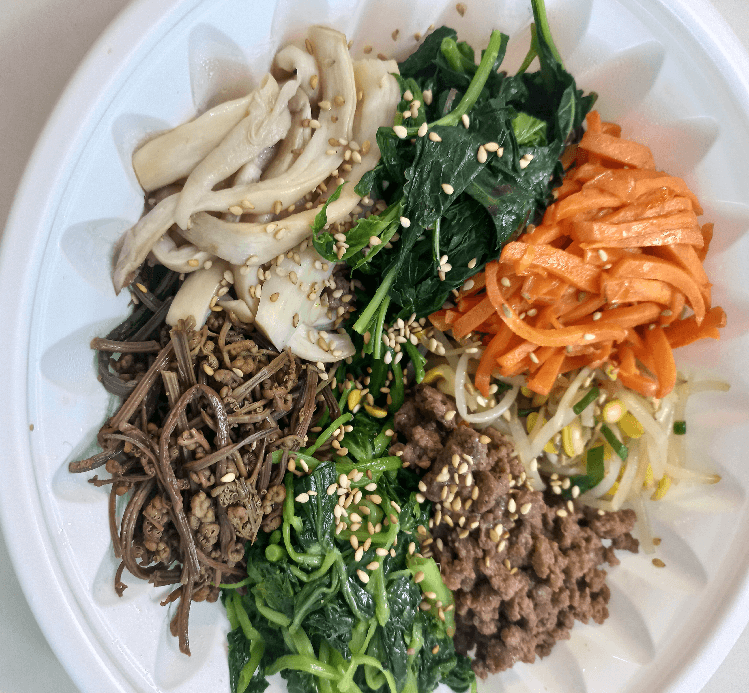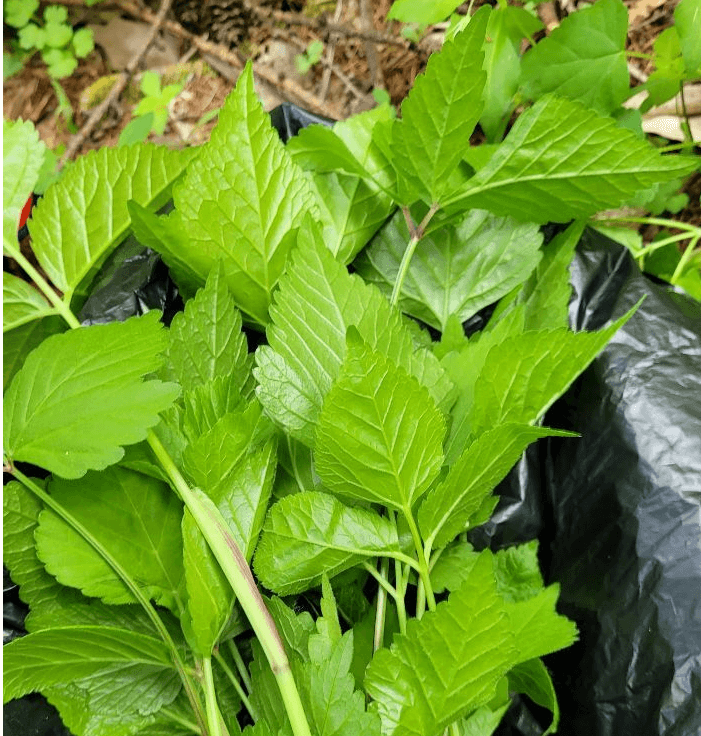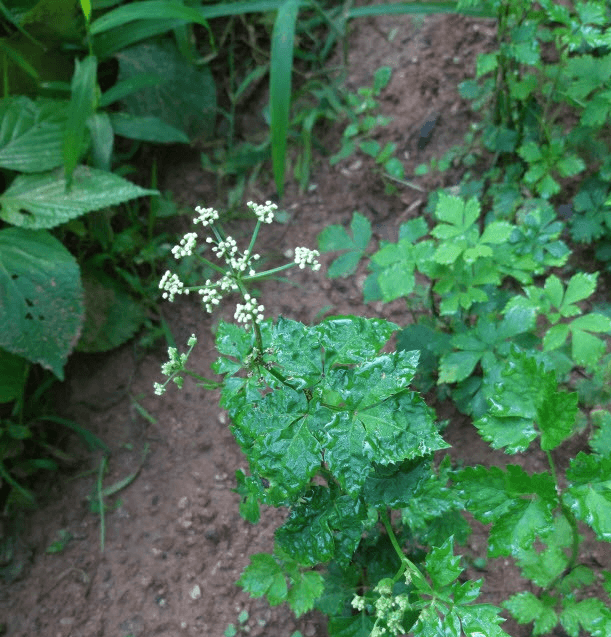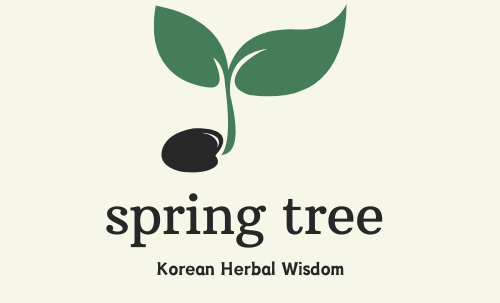
“Discover the delicate and refreshing flavor of Chamnamul (Pimpinella brachycarpa), a beloved wild herb in Korean cuisine. Rich in beta-carotene and antioxidants, this versatile herb is perfect for salads, wraps, or stir-fries. Boost your immune health and enjoy the subtle fragrance and crisp texture of this nutritious spring favorite.”
Health Benefits of Chamnamul and Other Wild Vegetables
Chamnamul (Pimpinella brachycarpa) is a beloved wild vegetable in Korea, known for its fresh, mild flavor. It’s not just tasty but also packed with vitamin A and vitamin C, offering powerful antioxidant benefits that help boost your immune system. Chamnamul is great for aiding digestion and detoxifying the body, making it a perfect choice for those looking to add some healthy, vibrant greens to their spring diet. Rich in beta-carotene, it helps improve eye health and keeps your skin looking healthy and radiant.
Chamnamul(참나물) is sometimes confused with Padudugnamul (samyeopchae), which has a more bitter taste, while chamnamul offers a gentler, more fragrant flavor. Though they may look similar, the difference in taste is what really sets them apart, making chamnamul a favorite for those who prefer a milder, refreshing taste.

How to Enjoy Chamnamul: Recipes and Cooking Tips
Chamnamul is best enjoyed fresh, and there are plenty of ways to prepare it. Since it’s rich in vitamin C, eating it raw in wraps (ssam) is a fantastic way to get the most out of its nutrients. Its mild aroma and tender texture make it perfect to pair with grilled meats, creating a flavorful and healthy combination. Chamnamul is also high in fiber, which is great for supporting digestion and gut health.
One easy way to enjoy chamnamul is by making a simple salad (geotjeori). Just toss the fresh leaves with chili powder, minced garlic, soy sauce, and sesame oil for a delicious and refreshing side dish. This keeps the chamnamul’s antioxidants intact while adding a zesty twist to your spring meals. It’s light, tasty, and packed with vitamin C and iron, perfect for keeping you energized and healthy.
You can also use chamnamul to make pancakes (jeon). Simply mix chamnamul with a light flour batter and fry until golden. It’s a low-calorie dish that fits well into a healthy diet, and with its high vitamin K content, it helps support blood circulation and keeps your bones strong. Chamnamul pancakes are a light and flavorful way to enjoy this nutritious veggie.
When and How to Harvest Chamnamul(참나물)
Chamnamul is at its best between April and May, when the young shoots and stems are tender and full of flavor. During this time, you can find it growing in mountains and fields across Korea. As a perennial herb, it regrows every year, so you can look forward to harvesting it each spring.
When foraging for chamnamul, look for its three-leaf clusters—this is a key way to tell it apart from similar wild vegetables like Padudugnamul. Chamnamul is naturally rich in beta-carotene and minerals because it grows without the use of pesticides or fertilizers, meaning you’re getting all the pure, natural nutrients. To preserve its high vitamin C content, it’s best to enjoy chamnamul freshly harvested.

Storing and Preserving Chamnamul(참나물)
Chamnamul is best eaten fresh, but if you need to store it, you can blanch and refrigerate or freeze it. Blanching helps retain its vitamin A and fiber, and frozen chamnamul can be easily added to salads, soups, or other dishes when needed.
You can also ferment chamnamul into kimchi. This not only preserves its flavor but also boosts its nutritional value by increasing probiotics, which are great for gut health and boosting your immune system. Chamnamul kimchi is rich in vitamin K and iron, making it a nutritious and long-lasting way to enjoy this vegetable.
Another way to enjoy chamnamul is by drying it and making herbal tea. Chamnamul tea is known for its detoxifying properties, helping to flush out toxins and improve circulation. It’s a soothing, healthy drink that supports a balanced lifestyle.
In short, chamnamul is a nutritious and delicious wild vegetable, full of antioxidants and vitamins that offer great health benefits. Whether you enjoy it in wraps, salads, pancakes, or kimchi, chamnamul adds a fresh, healthy touch to your springtime meals!
